
 ANYONE WHO has heard of, or even better visited, Chanticleer Garden in Pennsylvania knows that it’s home to some of the country’s most exceptional examples of horticultural creativity and innovation. A multi-year biodiversity survey of the Chanticleer property has revealed that it’s also home to more than 1,000 species of insects, birds, reptiles, amphibians, and even fish, who apparently all agree that it’s quite the attractive and compelling space, a garden’s biodiversity and how it can inform us to fine-tune our plant choices and horticultural practices is our subject today.
ANYONE WHO has heard of, or even better visited, Chanticleer Garden in Pennsylvania knows that it’s home to some of the country’s most exceptional examples of horticultural creativity and innovation. A multi-year biodiversity survey of the Chanticleer property has revealed that it’s also home to more than 1,000 species of insects, birds, reptiles, amphibians, and even fish, who apparently all agree that it’s quite the attractive and compelling space, a garden’s biodiversity and how it can inform us to fine-tune our plant choices and horticultural practices is our subject today.
I spoke with Bill Thomas (below), Chanticleer’s executive director and head gardener, and Matthew Sarver, founder of Sarver Ecological, which conducted the just-published diversity survey at the renowned public garden in Wayne, Pa., from 2020 through 2024, to learn about what they’ve learned and what those insights are inspiring next in the gardens at Chanticleer. (Above, a sweat bee gathers pollen on a Caryopteris at the garden.)
Read along as you listen to the March 17, 2025 edition of my public-radio show and podcast using the player below. You can subscribe to all future editions on Apple Podcasts (iTunes) or Spotify (and browse my archive of podcasts here).
biodiversity meets beauty at chanticleer
Download file | Play in new window |
Subscribe: Apple Podcasts | Spotify Podcasts
Margaret Roach: So hi, Bill, and hi, Matt. How are you?
Bill Thomas: Hi, Margaret. It’s great to be here with you.
Matt Sarver: Hi, Margaret. Enjoying be here and talk about this wonderful garden with you and Bill.
Margaret: Yes. So Bill, before we sort of dig in deeper sort of background question for you, I wonder if you could tell us why Chanticleer sort of commissioned this study, why you wanted it. And it made me think, when I saw the report, of the brilliant English garden, Great Dixter, which has been increasingly making gardening for biodiversity a big part of its work and its message. But other than that, I was wondering, gee, why did they do that at Chanticleer?
Bill: I do have to give credit to Great Dixter with a gardener in the U.K. that we work very closely with in training students. And also I think we have similar values. And Fergus Garrett, the director and head gardener at Great Dixter, spoke to our staff about their biodiversity study and said just how diverse the insects and wildlife are at Great Dixter.
And it got me thinking, and I’ve been at a number of meetings where I’ve been told that Chanticleer and other public gardens are bad because we don’t grow 100 percent native plants. And I just couldn’t accept that. But I needed some data, and I also wanted to know how we could be better because I knew there were ways we could be better. And Matt Sarver was the person that everyone, when I asked whom should we ask to do this study, they mentioned Matt. So that’s essentially why I wanted to know how we could do it better. But I also wanted to know, were we “bad,” if you will, or are we doing a good job?
Margaret: O.K. Matt, how big a space were you surveying? I forget how large is it—is it 50 acres that the foundation has at Chanticleer, I can’t remember, and 35 under cultivation, is that it? Did you do all 50 acres, Matt? And I believe you originally, or one of the initial goals, was to survey bees and moths? Was that one of the main principles, and why that?

 Matt: Yeah, we really surveyed throughout the site [above, Matt at work], both sort of the core public part of the garden as well as the sort of off-exhibit woods and the grass hayfield across the street, which is also part of that 50 acres, just to kind of get an idea, make sure we had complete diversity of the property. And we did do some comparisons actually with native bees between some of those sites.
Matt: Yeah, we really surveyed throughout the site [above, Matt at work], both sort of the core public part of the garden as well as the sort of off-exhibit woods and the grass hayfield across the street, which is also part of that 50 acres, just to kind of get an idea, make sure we had complete diversity of the property. And we did do some comparisons actually with native bees between some of those sites.
Yeah, we looked at a whole variety of species, as you mentioned in the intro, but particularly closely at bees and moths, mostly because these are two groups that are very closely tied to the plant communities. Bees obviously are eating the pollen of the plants, using that to feed their young. Moths’ caterpillars are eating directly foliage of plants. And both of those groups have generalists and specialists within them, certain species that have co-evolved to be able to handle the defensive chemicals of certain groups of plants. So there’s a lot of evolution going on with both of those groups, and they’re very tied to the plant palette. And so we wanted to know what the diversity in those groups was like, to Bill’s point about what have we planted, how much is native, how much is not native, and then what species are supported?
Margaret: Was it just Sarver Ecological staff who surveyed or Bill, were you out there with your camera phone [laughter]? Who was surveying; who did all the data collection and so forth?
Matt: Yeah, so we did a lot of the formal survey work. We also established, we helped Chanticleer establish an iNaturalist project so that both the horticulturalists and staff as well as visitors could contribute to the biodiversity inventory. And that’s been really fun to see what folks are finding, both as they’re throughout the garden, working on the staff side, and then also we have visitors in particular, some folks who have really gotten serious about coming in with their cameras and trying to document as many insects as possible.
And then of course we took data from eBird, which is the Cornell-associated bird database, ao all the data that was in eBird from previous visits that folks had already made or were making, and we pulled those species of birds in as well to inform the inventory. So we really try to do that with all of our projects, where we look at not only the things that we’re finding, but also the things that the community at large is finding because we’ve got these great tools for community science now, and this is a great way to leverage that effort and also educate people at the same time.
Margaret: So Bill, did the team of horticulturists, all the gardeners and so forth, did people really get involved and were people buzzing about, haha “buzzing” [laughter], about what they had seen? But because I mean, I know for me it’s an even better day in the garden when I see the creatures engaging with the plants as well. Do know what I mean? It’s just richer. So I mean I count moths; I’ve counted 200 moth species here in my garden. And birds, I’m at 80-something in the garden and blah, blah, blah, and I’m obsessed with it [laughter]. So it makes it richer for me. I don’t know if your team also got really into it.
Bill: Yes, I would say they did. And I would talk to Matt when I’d run into him in the garden, and I know the staff did, too. And some people, Matt was here for the moth studies, spent the night essentially. And some of our staff, and especially people who live on the property, joined him, at least for some of the time. And Matt, you might have some more stories on that, but I loved having him there and I would ask him questions and tell him what I had seen.
Margaret: Well, it’s pretty wild. I mean, I think the report says there were 509 species of moths identified; 164 species of bees. Wow! 107 birds. What discovery did each of you find the most surprising? Like Matt, what was the “Wow, I didn’t think we’d find that.” Or were there surprises?
Matt: Yeah, absolutely. I mean, I think I was a little bit surprised. I expected the diversity to be relatively high here, given the size of the site and the fact that there are some remnant natural habitats that the garden is sort of artfully woven into: the Bell’s Woodland portion of the garden, which is this beautiful old oak-dominated forest along a creek. So it’s got some very nice natural habitats that have been turned into naturalistic gardens, and that helps to boost I think the diversity, because those have been there for a long time.
But really the diversity that we found I think exceeded even my expectations in terms of those species numbers that you just mentioned. The most interesting thing I think for the bee survey was that we did find a new species for the State of Pennsylvania that hadn’t been recorded in the state before. It’s a small masked bee [the Fedor masked bee, Hylaeus fedorica] that has just been very rarely collected, and it seems to be associated with floodplain forests or creekside forests, and we don’t really know much about what it does or how it lives, but the few records that we have from this region are from those types of habitats. So that was a real fun surprise and nice to see.
Margaret: I think I saw there was a crayfish on the list. Bill, did you know there were crayfish at Chanticleer [laughter]?
Bill: We definitely knew there were crayfish. One of the things I didn’t know was I assumed that all crayfish were native, and it turns out we do have some invasive or non-native crayfish. Again, Matt can speak more on that. But then he found one just by chance—he wasn’t studying crayfish, but found one that’s a very rare one, and we’re thrilled, thrilled on that.

 Margaret: Yeah. Well, so I want to kind of transition to takeaways so that we use most of our time on that because I mean, so we see these things and we make these observations. And then there’s the list, but then there’s the what does it mean and what is it going to inspire me to do going forward any differently or whatever.
Margaret: Yeah. Well, so I want to kind of transition to takeaways so that we use most of our time on that because I mean, so we see these things and we make these observations. And then there’s the list, but then there’s the what does it mean and what is it going to inspire me to do going forward any differently or whatever.
And I wonder, are you either realizing, Bill, you and the team, have you realized that some of the practices that were already under way actually figured into these numbers? And are you feeling like good about that, or are there other changes you want to make or changes, Matt, that you’re suggesting? I mean, tell me a little bit about from both of your points of view about the takeaways. [Above, a common buckeye butterfly.]
Bill: Yeah, we definitely felt good about what we heard and Matt has pointed out things that we can do even better. And Bell’s Woodland, which we’re developing is our native plant woodland. We’ve also, through the years, just through the practices of the horticulturist in charge of the area, left a lot of wood on the ground. That was part of the design philosophy there. And Matt found that it had an effect on insects; it increased the number of insects and especially ground beetles.
And then he pointed out that in another area of the garden, the gravel garden where it’s essentially our xerophytic garden, there were almost no ground beetles. And that’s not an area we’re probably going to leave a lot of wood, but we might be able to leave some wood. But we also had another wooded area that we had been cleaning up much more, and so he pointed that out. And then we’re also not cutting plants back as much as we used to in autumn; we’re leaving up stems.
Margaret: So those are some things that enhance the habitat aspect of the place.
Bill: Right. Matt, do you want to expand on some of your recommendations? [Below, a cecropia moth caterpillar.]

 Matt: Yeah, absolutely. I think you touched on some of the key ones, Bill. I think that there are some other things that Chanticleer has been doing for a long time that are also very supportive for biodiversity and one of which is limiting—obviously probably listeners to this show, this is not a new concept—but limiting pesticide use, which is a big one, especially nowadays with the backyard sprays and mosquito barriers and things like that that can be very detrimental.
Matt: Yeah, absolutely. I think you touched on some of the key ones, Bill. I think that there are some other things that Chanticleer has been doing for a long time that are also very supportive for biodiversity and one of which is limiting—obviously probably listeners to this show, this is not a new concept—but limiting pesticide use, which is a big one, especially nowadays with the backyard sprays and mosquito barriers and things like that that can be very detrimental.
And having really dark skies—very little light, artificial light at night, throughout the garden and providing sort of a dark refuge. Tremendous firefly displays, we found, as we went out to set up moth lights for evening surveys and looking at what fireflies were using the site. So there are some very important sort of overall philosophical approaches that can extend to home gardening and home landscapes as well, in terms of pesticide limits or not using insecticides in particular, and reducing your amount of light, which really helps with moth conservation, and it’s also really important for fireflies.
I was just looking at a paper recently where they’re finally looking at maybe why this happens with fireflies and they’re actually finding that it completely changes gene expression and hormone expression in the larval fireflies, when they experimentally expose them to nighttime lighting. So there’s all sorts of effects there that are important. And I think Chanticleer has done a great job of some of those things, as well as the things that Bill mentioned.
I think the other thing, of course, is the plant diversity is exceptional, both in terms of native species and non-native species. And so there’s sort of something for everyone there at Chanticleer and that is important. And we found actually that some of the non-native species were very attractive to native bees in particular, but if a lot of the native species weren’t present, you would miss out on a lot of the bees and moths that only use those natives. So having the mix, having the blend of native and non-native palette, is also something that I think has really helped to increase the diversity.
Margaret: I think I saw in the report, the PDF report—which is really interesting, really helpful that people can read in full. I think I saw a picture in there of a giant swallowtail butterfly. Am I making that up or is that a true story [laughter]? I think that was one of the ones I saw. And does that sound familiar to either one of you giant swallowtail? Yes.
Matt: Yeah, giant swallowtail.
Margaret: Because here when I have them, they go—speaking of native, non-native—they will be on Verbena bonariensis, which is not a native plant. I use it as an annual as I have for many, many years. And it’s one of the most-visited, those and single-flowered zinnias, are probably the two most visited non-native flowers in my garden every year. Very, very busy and very appealing, but again, not native. So they’re not the whole answer, but they’re also not probably detrimental. So it’s interesting to see, and I saw that it was visiting some non-native species there at Chanticleer, too, I believe.

 Matt: Yeah, I think the key take-home there is that for all of these things, you need to have the host plant that they require, as well as species that they may incidentally use as an adult for a nectar in your example. So Verbena bonariensis is a wonderful plant; tons of different butterflies and skippers using it here at Chanticleer, but they’re using it for that adult resource. They also, of course need that larval resource that they’re going to develop on. One of the interesting things with the giant swallowtail is that’s a species that’s adapted to using different hose plants than it traditionally had. So it’s using things like garden rue, non-native species that it’s adapted to feeding on.
Matt: Yeah, I think the key take-home there is that for all of these things, you need to have the host plant that they require, as well as species that they may incidentally use as an adult for a nectar in your example. So Verbena bonariensis is a wonderful plant; tons of different butterflies and skippers using it here at Chanticleer, but they’re using it for that adult resource. They also, of course need that larval resource that they’re going to develop on. One of the interesting things with the giant swallowtail is that’s a species that’s adapted to using different hose plants than it traditionally had. So it’s using things like garden rue, non-native species that it’s adapted to feeding on.
And that happens. It’s hard to predict when and where it’s going to happen. There’s some evidence that in urban settings in particular, some of the bees that we thought were quite restricted in what they can eat are actually showing different, wider diet choices than they’re known from in natural areas. So sometimes the setting can also depend or can also influence the ecological parameters, the species. [Above, a spicebush swallowtail caterpillar.]
Margaret: Right. So Bill, what else? Any other sort of other surprises? It was a lot of moths, did you have moth events, so forth? I love doing moth nights. Did you do any events for the public or did the public engage in any other ways with any of this?
Bill: Yeah, so with moth nights we have not done that, but we are hoping to do a moth night this summer. And actually it was suggested it be with the new moon, and in the month that was mentioned, the new moon is on a Friday night. We’re open on Friday nights, and we decided that that actually wouldn’t be the right night, because we did want to have some control. We didn’t want to have 200 people trying to crowd around a bedsheet or sheet with a light on it. So we’re probably going to do it on a Thursday night, and maybe a rain night for Saturday.
But yeah, some other things, the cutting back, I had felt that if you cleaned up in the fall or sometime during the winter, cut everything to the ground, as long as you left the stems I had thought that that would be fine. And that’s not a bad way of doing it, but Matt pointed out that you want to leave some vertical ones, you want to leave them in place. And so we’ve changed our practices. We’re still cleaning up, but not as thoroughly.
And with leaves, I felt if you chopped up the leaves, that was fine because you were leaving the leaves. But Matt has pointed out that things that are laying their eggs in or overwintering in the leaves really don’t want you to run a mower over them or a mulching mower. So we are changing some of our practices that I had thought were thoughtful practices, but we could do better.
Margaret: A lot of fine-tuning as we listen to the creatures, and listening to them starts with knowing who’s there, which is what this is all about, which is what’s so brilliant about it. I mean even the 107 species of birds, I suspect there were some surprises there and where they nest, I find it fascinating. I’m a big bird person and I’ve always found it fascinating learning over the years, which birds nest in which types of habitat within my habitat, so to speak—at the edge in the forest, at the ground level and shrubby areas. What they need is different each species. And so providing those places also and noting when one place is very popular with a particular species and understanding why. I love all that, putting the pieces together, I guess.
Bill: And I had asked Matt at some point for when I give talks, I said, what are some things, quick comments I could make to people? And one of the things he said was, we had a diversity of habitats, we’ve got sun, we’ve got shade, we’ve got wet, we’ve got dry. And I started thinking about it. And while edges, woodland edge, I had known was a rich area for wildlife, but a garden really is a woodland edge in many cases. We have trees, we have shrubs, we have a herbaceous layer, and most people’s home gardens does do have some diversity of habitat no matter how small it is.
Margaret: And you have water, too. That’s the other thing. You have water and having water, I found that was the smartest thing I did that again, I didn’t know I was doing it for myself for my own enjoyment initially [laughter], but I found that it became the calling card for everybody, all manner of animals from the tiniest to quite large, like the occasional black bear who thinks it’s a hot tub [laughter], which is a very surprising thing to look out your kitchen window and see, let me tell you. Oh yeah, the bear in the water garden. O.K. So any other sort of takeaways? I just wondered what else kind of delighted you or excited you about what was found?
Bill: Matt, do you want to say some things that delighted you about working in the garden?

 Matt: Yeah. Well, I mean I have to say, I mean I could talk all day about the species that we found and how cool they are and how interesting, but just the opportunity to be in a garden of the caliber of Chanticleer by yourself at sunset, at dusk, and sort of experiencing getting set up for your night surveys and things [above]. It’s really quite a special experience.
Matt: Yeah. Well, I mean I have to say, I mean I could talk all day about the species that we found and how cool they are and how interesting, but just the opportunity to be in a garden of the caliber of Chanticleer by yourself at sunset, at dusk, and sort of experiencing getting set up for your night surveys and things [above]. It’s really quite a special experience.
And so I’m very interested in, as an ecologist, I don’t have a lot of design training and it was fascinating to me to work with clear and in clear and understand that the aesthetics of the place and the sense of place and all the work that goes into creating this beautiful haven could coexist with supporting exceptional amounts of biodiversity. And I think that’s something they’ve done very well and continue to do well.
For example, with one of the garden areas, one of the things Chanticleer’s famous for, is this beautiful Camassia drift down along the creek through the Creek Garden. And that was essentially coming up out of a grassy turf. And recently they’ve been trying to do native sedges as an underplanting to the Camassia, so that when the Camassia is done for the season, it’s not just the cool-season grasses, but now there’s native sedge habitat underneath that and lots of sort of creative ways to boost the ecological value without compromising the aesthetics and the beauty of the design. And I think that’s been really fun for me to see and think about and provide some feedback on during this process.
Margaret: And that in itself is a great kind of mandate for each of us: Without compromising the beauty we can enhance and layer in more diversity. Right. So Bill, do you want to tell us, when’s Chanticleer open? You open up late March, you go on your regular schedule, or is it early April? When do you start?
Bill: Yes, so Wednesday, March 26th is our opening day and we’ll be open until the second week of November. We’re open Wednesdays through Sundays, we’re closed on Monday and Tuesdays, and most days it’s 10:00 AM to 5:00 PM, but during the summer months we’re open until 8:00 PM. It just gives people a chance to see the sunset at Chanticleer and it gets cooler as the sun goes down, of course. And we encourage people to picnic wherever they would like on those Friday nights, and it’s a magical time.
Margaret: Great. Well, I appreciate your both, Bill and Matt, being with me today and taking the time. Thank you.
(Photos provided by Chanticleer, used with permission.)
more on the biodiversity survey and chanticleer
prefer the podcast version of the show?

 MY WEEKLY public-radio show, rated a “top-5 garden podcast” by “The Guardian” newspaper in the UK, began its 15th year in March 2024. It’s produced at Robin Hood Radio, the smallest NPR station in the nation. Listen locally in the Hudson Valley (NY)-Berkshires (MA)-Litchfield Hills (CT) Mondays at 8:30 AM Eastern, rerun at 8:30 Saturdays. Or play the March 17, 2025 show using the player near the top of this transcript. You can subscribe to all future editions on iTunes/Apple Podcasts or Spotify (and browse my archive of podcasts here).
MY WEEKLY public-radio show, rated a “top-5 garden podcast” by “The Guardian” newspaper in the UK, began its 15th year in March 2024. It’s produced at Robin Hood Radio, the smallest NPR station in the nation. Listen locally in the Hudson Valley (NY)-Berkshires (MA)-Litchfield Hills (CT) Mondays at 8:30 AM Eastern, rerun at 8:30 Saturdays. Or play the March 17, 2025 show using the player near the top of this transcript. You can subscribe to all future editions on iTunes/Apple Podcasts or Spotify (and browse my archive of podcasts here).


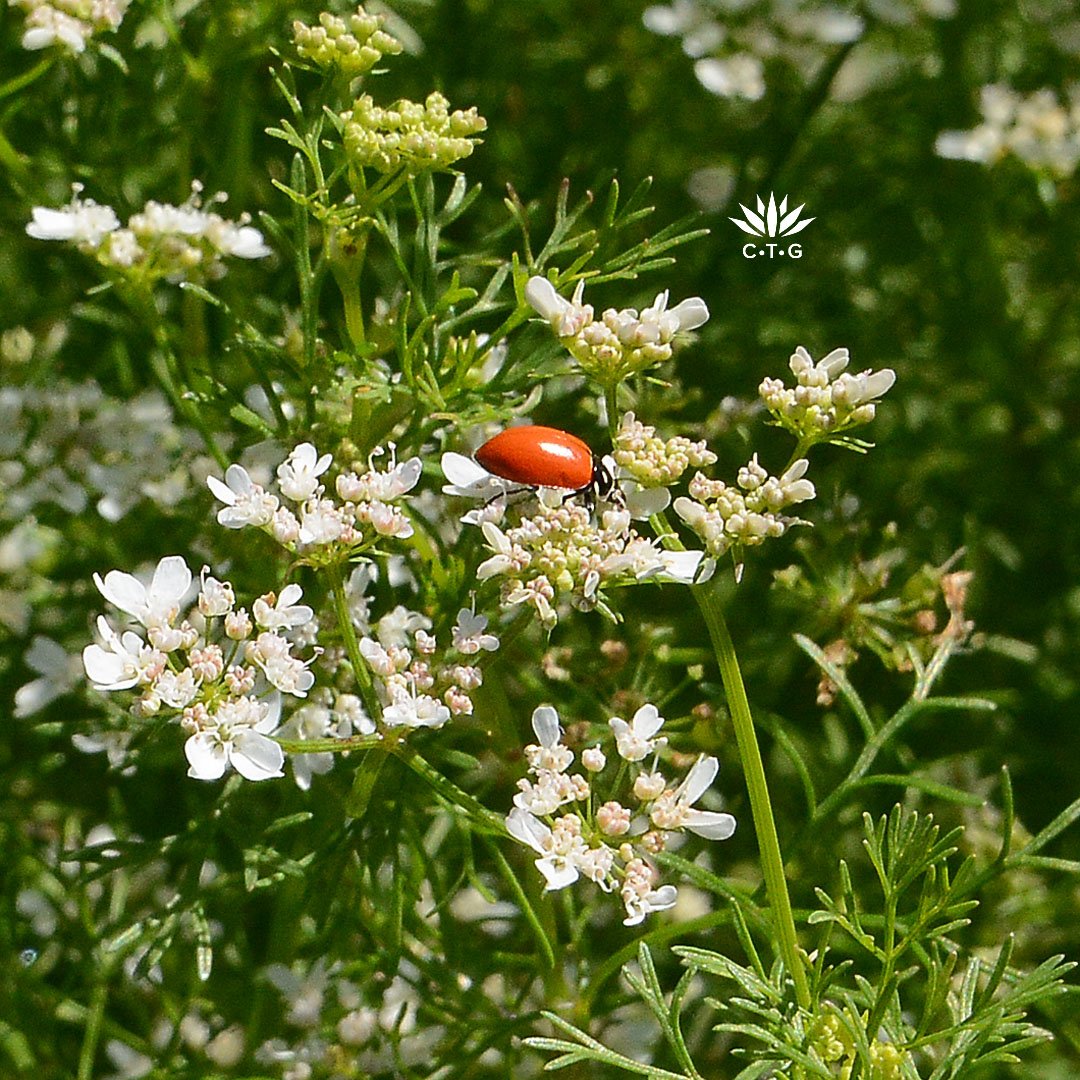

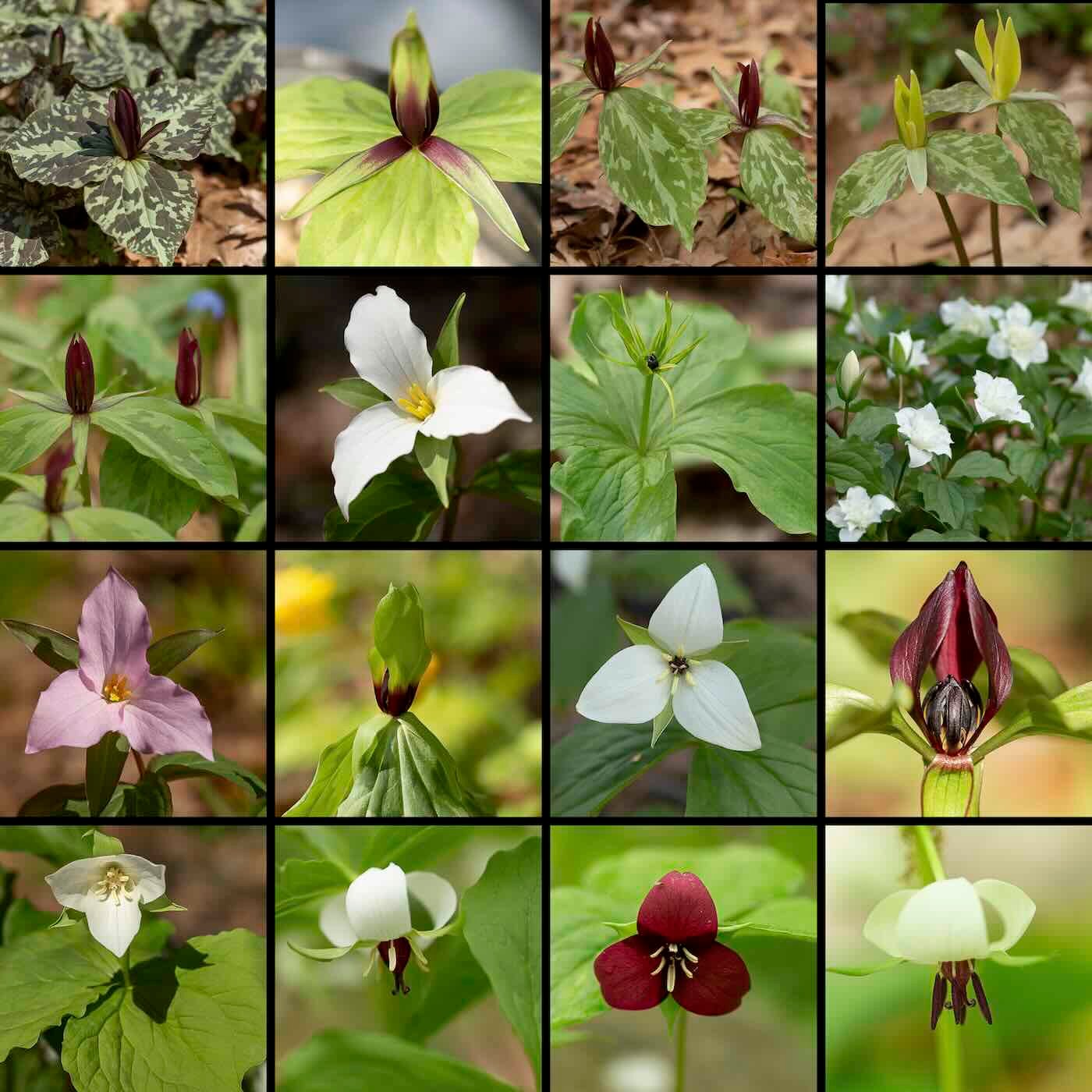



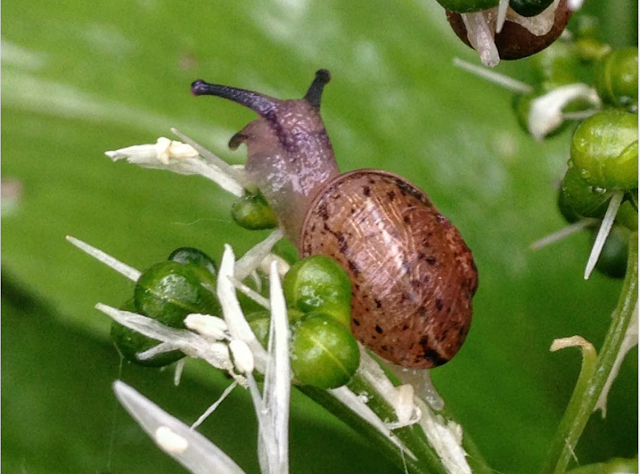

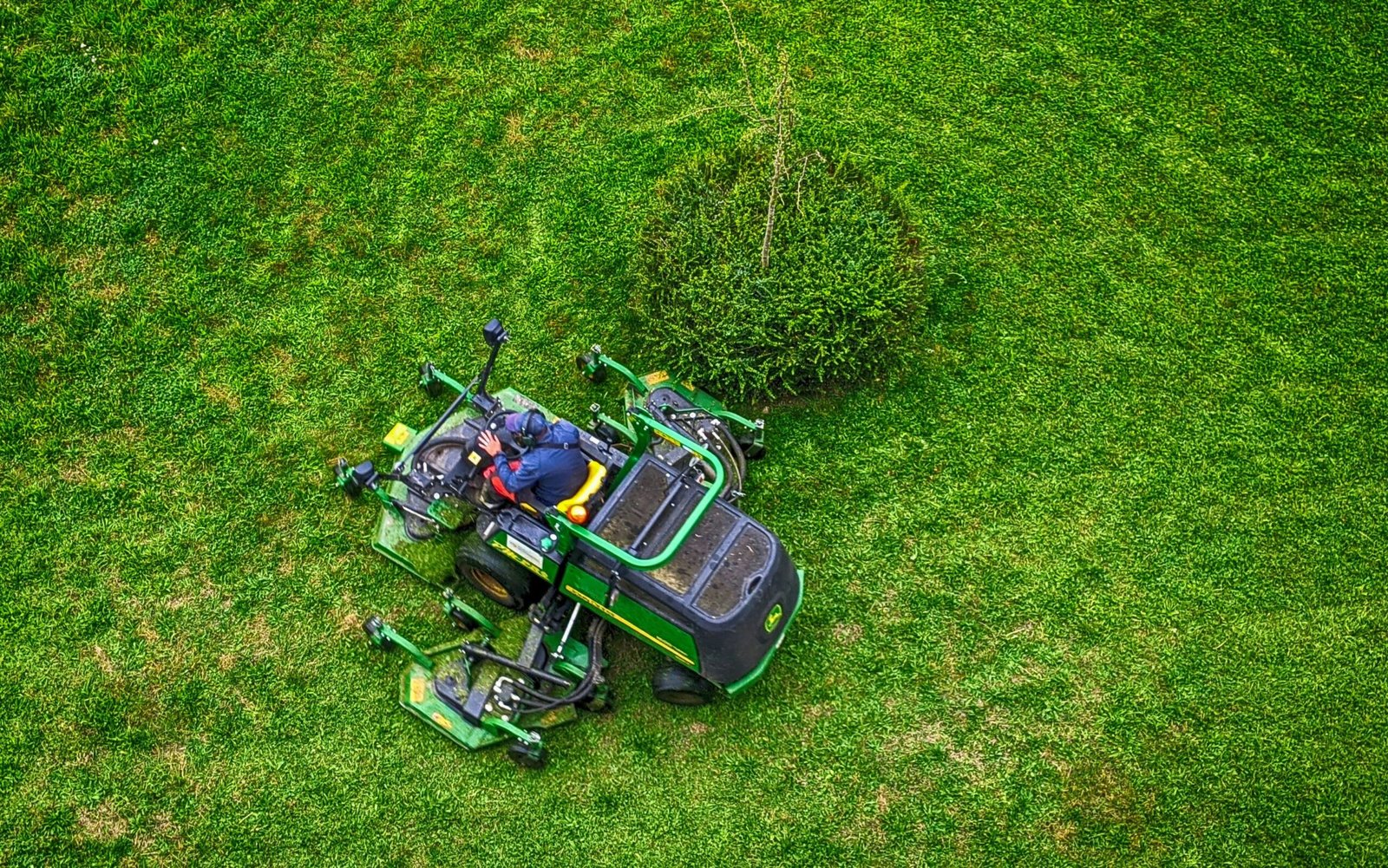



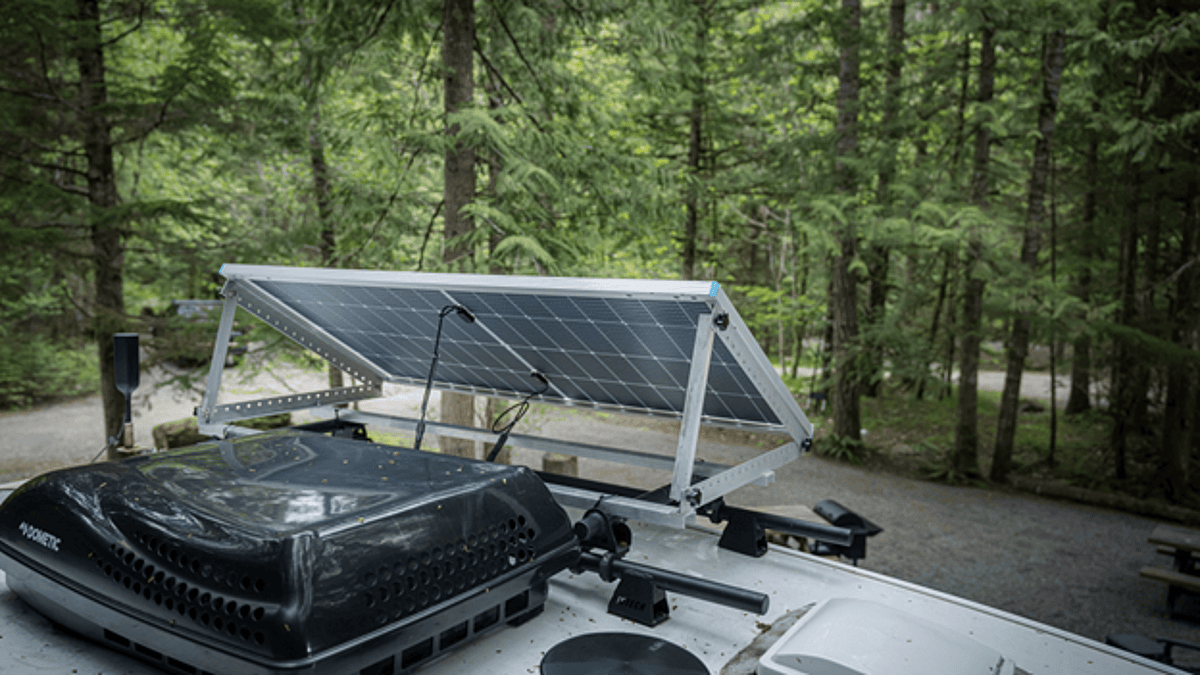
Leave a Reply